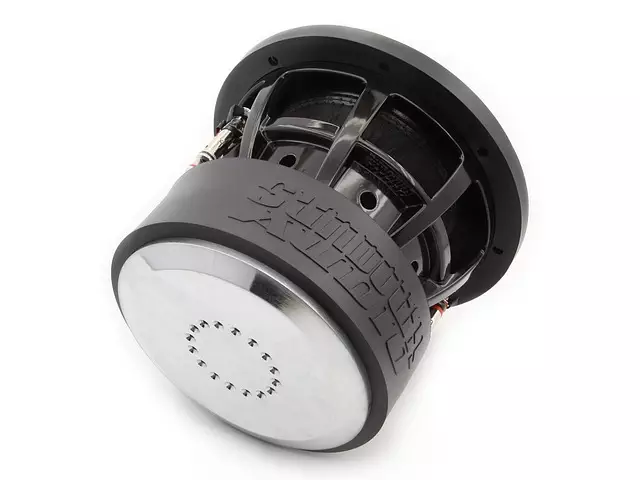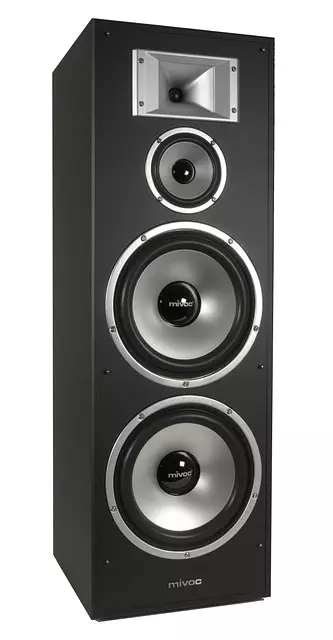For car audio system troubleshooting in Toledo with issues like no sound from speakers or static/distortion in audio, follow these steps:
1. Inspect RCA Cables: Look for visible damage or corroded connectors and ensure all connections are secure.
2. Test Speakers Individually: Use a multimeter to check continuity and voltage drops, confirming good connectivity (0Ω reading) for each speaker.
3. Verify Power Supply: Check power supply unit for damage or corrosion, ensuring cables are securely attached.
4. Isolate Issues: Based on test results, identify whether problems stem from speakers or connections, saving time and cost in troubleshooting.
Troubleshooting RCA cable issues in your car audio system can seem daunting, but with a systematic approach, you can get your Toledo car audio system back to sounding its best. This guide tackles common problems like ‘no sound from speakers’ and ‘static or distortion in audio’. From checking power supplies and connections to inspecting cables and replacing faulty components, we cover it all. For a smoother experience, remember regular cleaning, firmware updates, and seeking professional help for complex issues.
- Identify No Sound from Speakers
- – Check power supply and connections
- – Verify speaker functionality with a multimeter
Identify No Sound from Speakers
If your car’s audio system is not producing any sound, one of the first things to check is the RCA cables. These cables are responsible for transmitting audio signals from your source (like a stereo or receiver) to your speakers. Start by inspecting the cables for any visible damage, such as cracked or frayed insulation. Even small tears can disrupt the signal transmission. Ensure that all connections at both ends of each cable are secure and clean. Corroded connectors can cause intermittent audio issues or complete silence.
If you’re using RCA to RCA connections, make sure the cables are properly plugged in and aligned. Misaligned or loose plugs might result in static or distortion. Additionally, check for any signs of interference, like hums or buzzes, which could indicate a faulty cable or improper grounding. In the case of no sound from speakers, it’s also worth testing each speaker individually to isolate whether the issue lies with the audio system or specific speakers (using a multimeter if available).
– Check power supply and connections
If your car audio system in Toledo is experiencing issues like no sound from speakers or static/distortion in audio, one of the first steps in car audio system troubleshooting is to check the power supply and connections. Ensure that all cables are securely connected to both the power source and the audio components. Any loose or faulty connections can lead to inconsistent power delivery, resulting in poor audio quality.
Inspect the power supply unit for any signs of damage or corrosion. Dirty or weak connections may also cause power fluctuations, which can affect the performance of your car audio system. A simple cleaning or replacement of corroded connectors could resolve issues related to no sound from speakers or static noise.
– Verify speaker functionality with a multimeter
If your car’s audio system is experiencing issues, such as no sound from the speakers or static and distortion in the audio, one of the initial steps in Toledo car audio system troubleshooting is to verify speaker functionality using a multimeter. This tool allows you to check for continuity and any voltage drops that could indicate a faulty connection or speaker damage.
Start by disconnecting the power source to your car’s audio system. Then, use the multimeter to test each speaker individually. Set the multimeter to its ohms (Ω) measurement setting and place one probe on the positive terminal of a speaker and the other on an unrelated component, like a wire or metal surface, to establish a reference point. A zero reading indicates good connectivity. If there’s a discrepancy, it could signal a problem with the speaker or its connection. This simple test can save you time and money by quickly identifying if the issue lies with your speakers or if further car audio system troubleshooting is required.


